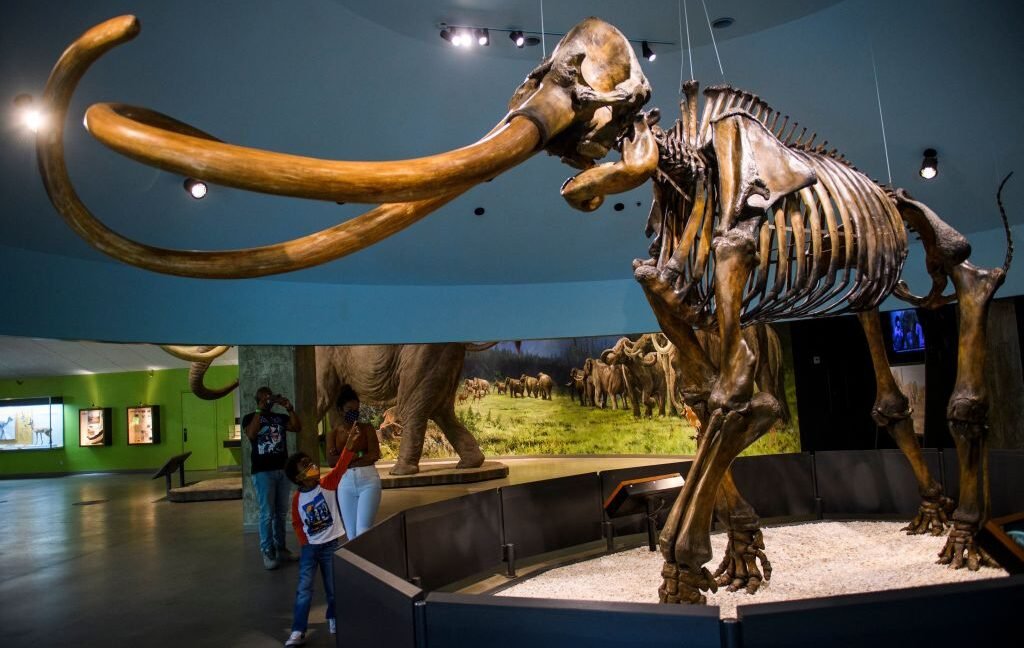Unraveling the Genetic Mystery of Central American Mammoths

▼ Summary
– Mammoths were diverse, including less furry species in temperate regions and at least three furry species: the Eurasian steppe mammoth, the woolly mammoth, and the North American Columbian mammoth.
– DNA from Arctic mammoths indicates the woolly mammoth is an offshoot of the steppe mammoth lineage and was the first to migrate into North America.
– The Columbian mammoth’s origins were unclear, with genetic data suggesting it could be a steppe offshoot or a hybrid of woolly and steppe mammoths.
– Researchers obtained genetic information from Columbian mammoth bones in Mexico, revealing a distinct genetic cluster more closely related to each other than to other mammoths.
– DNA survival is poor in hot environments, leading to a confused genetic picture from colder regions, with nuclear genomes suggesting hybridization and mitochondrial genomes indicating a distinct origin.
When we picture mammoths, the image that typically comes to mind is a massive, shaggy creature with sweeping tusks, yet these iconic Ice Age giants were far more diverse than popular imagination suggests. Beyond the well-known woolly mammoth, several distinct species roamed across continents, each adapted to unique environments. Among them, the Columbian mammoth stands out as a particularly puzzling figure in paleontological research, especially regarding its genetic origins and migration patterns.
For years, genetic studies relied heavily on samples from cold regions like the Arctic, where DNA preservation is favorable. These analyses revealed that woolly mammoths descended from steppe mammoths and were the first to cross into North America. Columbian mammoths, however, presented a contradiction. Some genetic markers pointed to a steppe mammoth ancestry, while others hinted at hybridization with woolly mammoths. This inconsistency left scientists questioning whether the Columbian mammoth was a distinct species, a hybrid, or something else entirely.
The challenge in resolving this mystery lay in geography. Most genetic data came from northern specimens, but Columbian mammoths inhabited territories stretching deep into Central America, areas where high temperatures rapidly degrade DNA. This meant that southern populations remained genetically invisible, creating a significant gap in our understanding.
Recently, a breakthrough emerged from an unexpected source: mammoth bones discovered in the Basin of Mexico. Despite the region’s warm climate, researchers successfully extracted ancient DNA from these remains. The results were striking. These southern mammoths formed a unique genetic group, more closely related to each other than to northern woolly or Columbian mammoths. This suggests a previously unrecognized population with its own evolutionary history.
Obtaining usable genetic material from tropical and subtropical regions is notoriously difficult. Heat accelerates DNA breakdown, making most attempts futile. That’s why earlier studies focused on regions like the northern United States and Canada, where Columbian and woolly mammoth ranges overlapped. Even there, genetic signals were mixed. Nuclear DNA indicated hybridization between steppe and woolly lineages, while mitochondrial DNA, passed directly from mother to offspring, suggested a separate maternal ancestry unrelated to woolly mammoths.
(Source: Ars Technica)